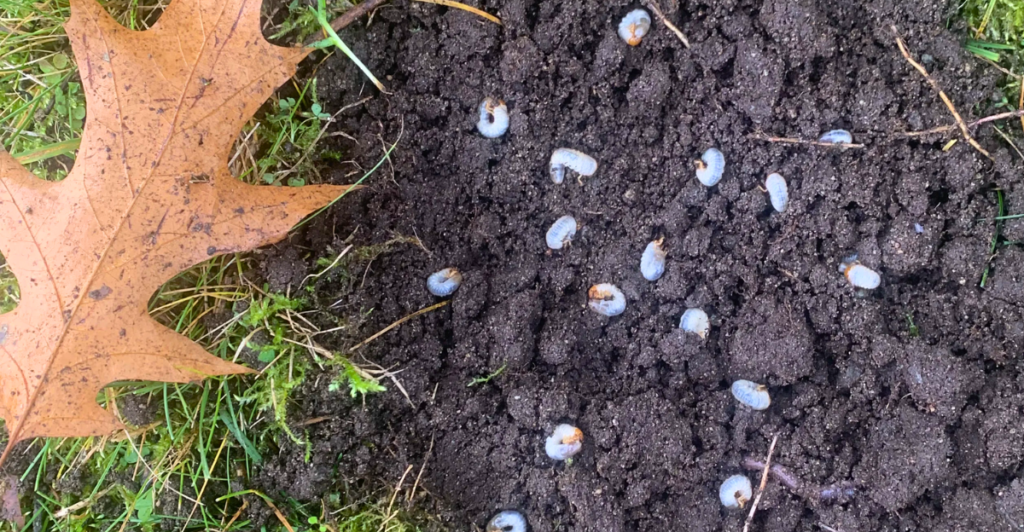
Lawn grubs are the larvae of beetles like Japanese beetles and June bugs, but they are also a hidden threat to your yard’s health. These little pests are known to eat grassroots and cause damage that often goes unnoticed until it’s severe. If these pests are left unchecked, the infestation can lead to thinning turf, brown patches, and even soil erosion.
Unlike surface pests, grubs operate beneath the soil, which makes it very difficult to detect them. Recognizing the signs of these pests early on is very important to prevent long-term damage and costly repairs. In this article, we will take a look at eight signs that your yard is infested with lawn grubs. This guide will help homeowners identify and address the problem before it gets out of hand. With vigilance and proper care, you can protect your yard from these destructive invaders.
1. Irregular Brown Patches

Irregular brown patches are one of the most common signs of lawn grub infestations. These irregularly shaped areas appear because grubs feed on the roots of grass, cutting off its access to nutrients and water. Unlike drought damage or fungal infections, these patches do not recover with watering or fertilization.
If you notice persistent brown spots that are only getting worse with time despite regular lawn care, grubs may be the cause. To make sure that they’re there, peel back a section of sod in the affected area. If it lifts easily and you spot white C-shaped larvae underneath, your lawn is infested. Acting quickly can prevent these patches from spreading further across your yard.
2. Spongy Turf Underfoot

When a lawn is infested with grubs, it will often feel spongy or soft when walked on because of root damage caused by the larvae feeding below the surface. As grubs consume grassroots, they weaken the soil structure, creating a loose and unstable foundation for your turf.
If this sponginess is especially noticeable after watering or rainfall when the soil becomes saturated, this could mean that you’re dealing with a grub infestation. If your lawn feels unusually springy underfoot or unstable in certain areas, it’s worth digging up a small section to check for grubs.
3. Increased Animal Activity
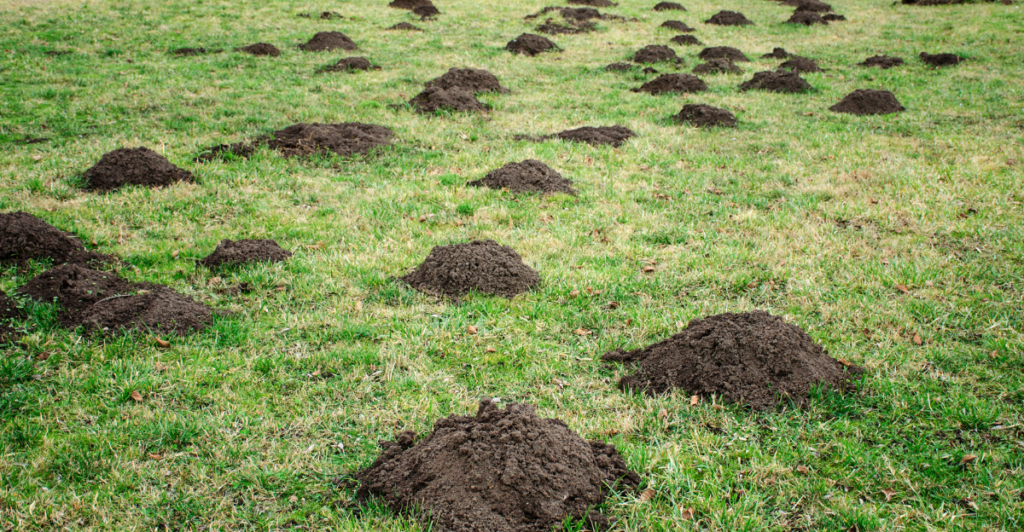
If you’ve noticed an uptick in animal activity in your yard, like birds pecking at the ground or raccoons digging holes, it could be a sign of lawn grubs. Wildlife like skunks, moles, and raccoons are natural predators of grubs and will tear up your lawn in search of them as a food source.
While these animals help naturally reduce grub populations, their digging can cause additional damage to your turf. If unexplained animal activity coincides with other signs like brown patches or spongy turf, it’s time to investigate further for grubs beneath the surface and take action to protect your lawn from both pests and predators.
4. Grass Pulls Up Easily
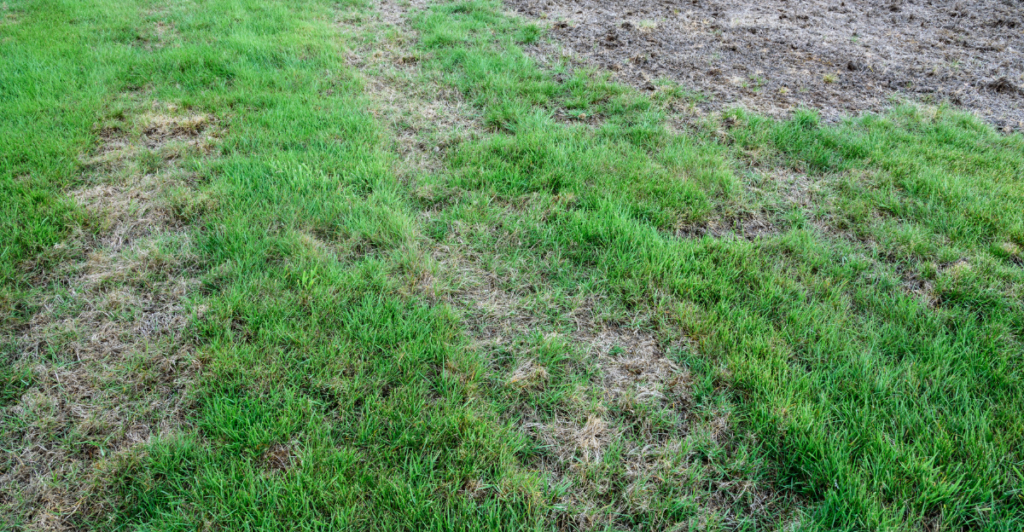
Healthy grass is usually firmly rooted in soil, but grub infestations weaken these connections by destroying root systems. If sections of your grass pull up easily with little resistance and without roots attached, it’s likely that grubs are feeding beneath the surface. This phenomenon is particularly common in areas where brown patches or thinning turf are already visible.
To confirm their presence, as mentioned before, simply peel back a section of sod in an affected area; if you spot white larvae curled into a C-shape below the soil line, it’s time to take action against these destructive pests before they cause further harm to your lawn’s health and stability.
5. Thinning Grass Growth
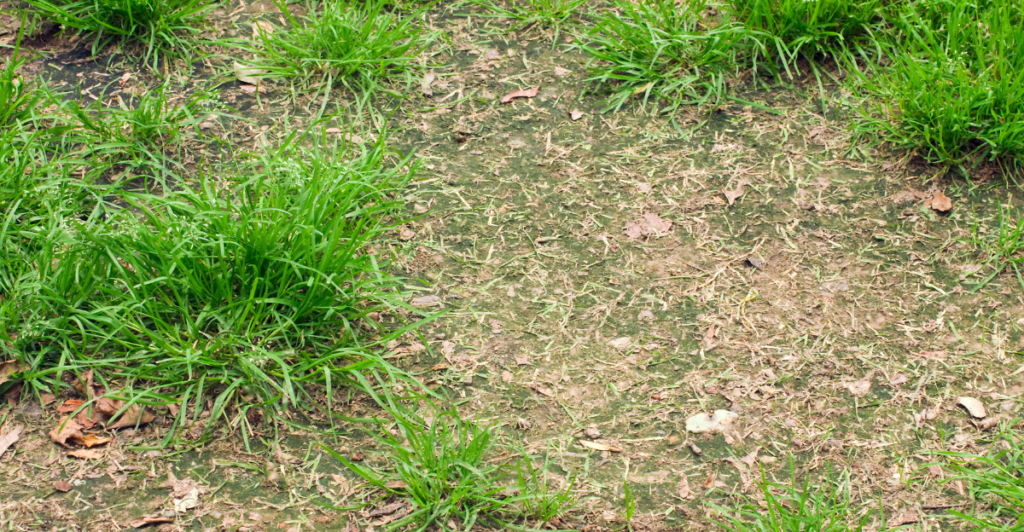
Grub infestations disrupt grass growth by severing roots that supply water and nutrients to the plant above ground. As a result, affected areas may show thinning or patchy grass that struggles to grow despite regular watering and fertilization efforts. This thinning often starts subtly but worsens over time as grub populations increase in the soil.
Homeowners may mistake this symptom for poor soil quality or lack of care when it’s actually caused by root damage from feeding larvae. Identifying thinning grass early and inspecting for grubs can help prevent further deterioration of your lawn’s overall health and appearance.
6. Hovering Beetles or Moths

Beetles will usually lay eggs in your lawn during late spring or summer. This can be a sign of future grub infestations. You might notice adult beetles or moths hovering above your grass during warm evenings, which is a clear indication that they’re depositing eggs into the soil below. These eggs hatch into grub larvae within weeks.
Monitoring beetle activity during their breeding season can help homeowners anticipate potential infestations before they escalate into significant damage later in the year when grubs begin feeding aggressively on the grassroots underground.
7. Unexplained Weed Invasion

A sudden increase in weeds, especially in patches where grass is thinning or dying, can point to an underlying grub problem. When grubs feed on grassroots, they leave bare or weakened areas that grass can no longer defend. These spots become perfect for opportunistic weeds like crabgrass, dandelions, or clover, which grow in the absence of healthy turf.
Unlike a typical weed issue caused by poor lawn maintenance, this invasion often coincides with other signs like spongy soil or dead patches. If you find yourself constantly battling weeds in the same areas, it’s worth lifting a section of sod to check for grubs. Addressing the root of the issue can help restore your lawn’s balance.
8. Delayed Spring Green-Up
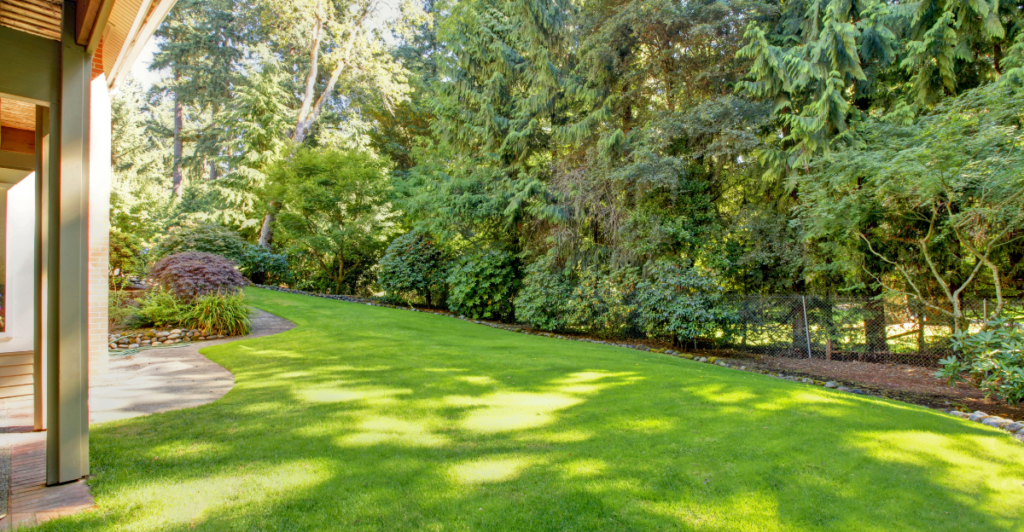
One overlooked sign of a grub infestation is a delayed spring green-up. When winter ends, most healthy lawns bounce back with fresh, green growth as temperatures rise. However, if large sections of your grass remain dull, patchy, or brown well into the growing season, grubs could be the reason.
During the colder months, larvae remain dormant beneath the soil and resume feeding once the ground warms. If they’ve damaged a significant portion of your lawn’s root system during fall, the grass may struggle to revive in spring.
How to Take Action Against Grubs
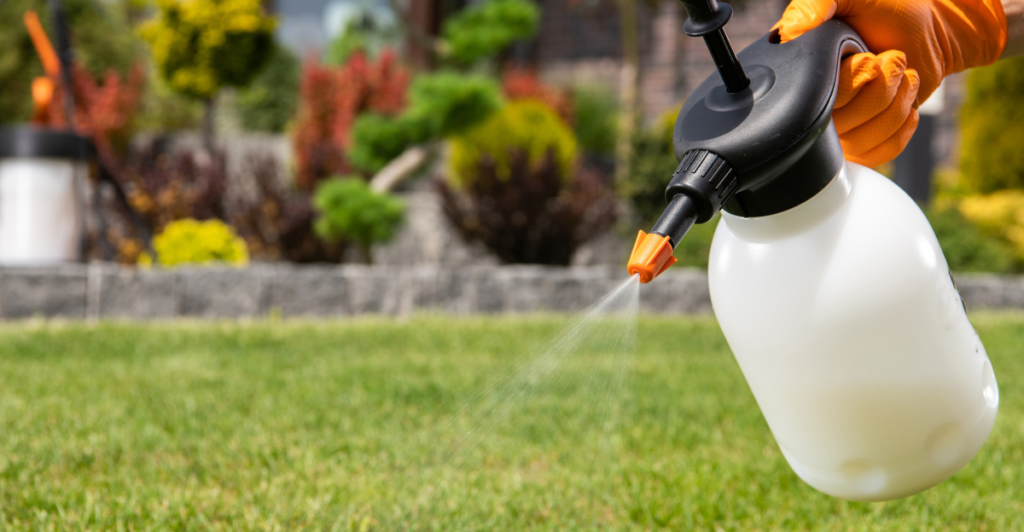
Once you’ve confirmed grub activity in your yard, acting quickly is important to prevent further damage. Chemical insecticides like imidacloprid or chlorantraniliprole are effective at targeting grubs but should be applied carefully to avoid harming beneficial insects. For an eco-friendly approach, you can use beneficial nematodes, which are microscopic organisms that naturally attack grub larvae without damaging the environment.
Regular lawn maintenance also plays an essential role in prevention; aeration improves soil health, while proper watering and fertilization strengthen grassroots against future infestations. Monitor your lawn for recurring signs of grubs and treat promptly if necessary. Early intervention can restore your lawn’s health and protect it from long-term harm caused by these destructive pests.
Explore more of our trending stories and hit Follow to keep them coming to your feed!

Don’t miss out on more stories like this! Hit the Follow button at the top of this article to stay updated with the latest news. Share your thoughts in the comments—we’d love to hear from you!







